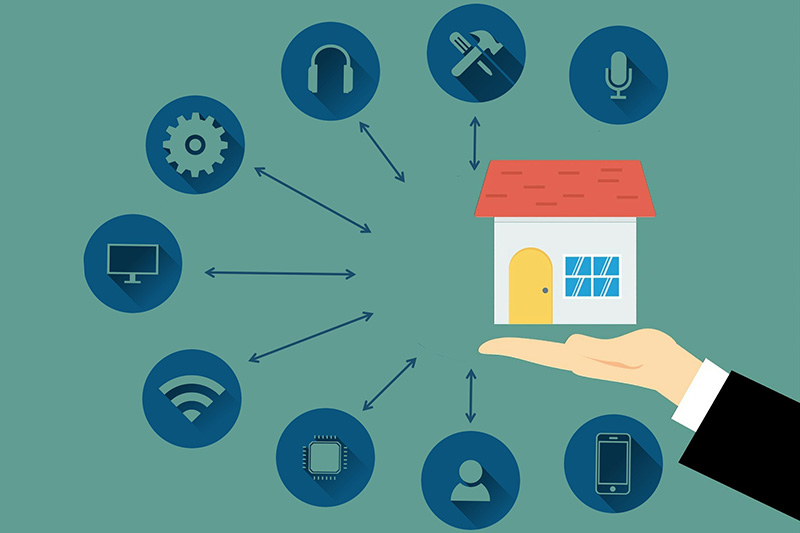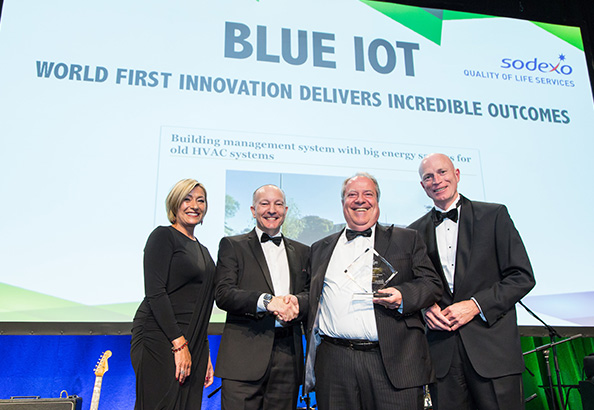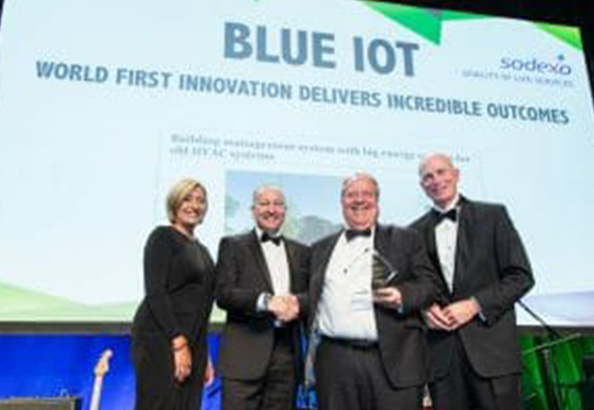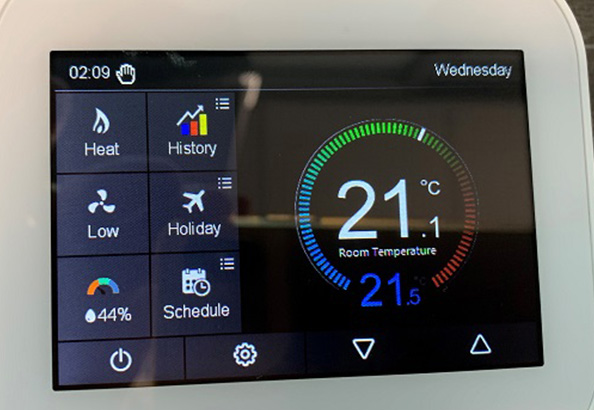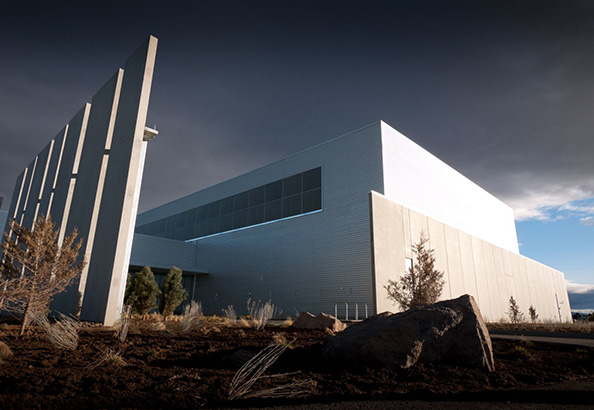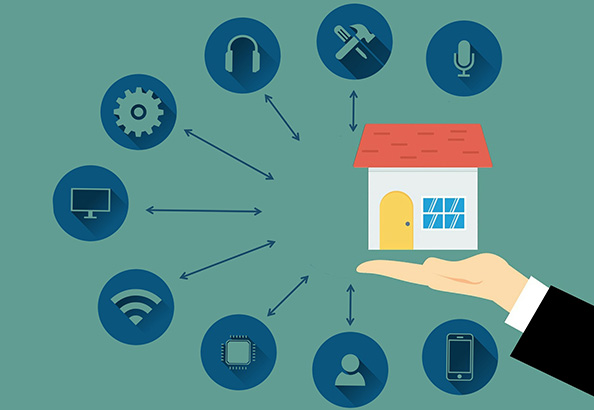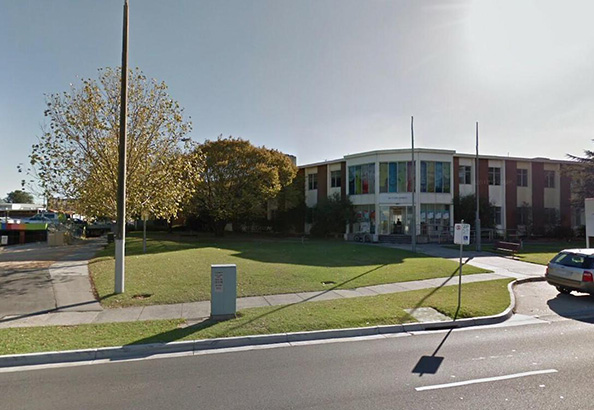The Importance of Integration with Building Management System
A building management system, also known as Building Automation or BMS, is a computer-based control system implemented in buildings. Its function is to control and monitor building mechanical and electrical equipment such as ventilation, lighting, power systems, fire safety systems, and other security systems.
Who needs BMS?
All buildings with electrical and mechanical facilities require this system to be able to record all facility data. This data will be a weekly or monthly report and will make it easier for building management to take the next decision. Various mechanical devices such as pumps, lights, and HVAC can also be monitored and even controlled directly through the Building Management System.
How important is BMS?
Effective well-utilized BMS provides the core management tool required by building managers to ensure monitoring and efficient management of energy and occupant comfort. It enables Building Managers to provide the optimal working environment while minimizing the landlords’ and tenants’ costs. Effective BMS utilization allows for optimal building performance by extending equipment and systems’ operational life by reducing loads and operating hours.
Therefore, maintenance and capital costs are reduced, and less embedded energy is consumed through equipment replacement and upgrades.
When a building has been completed, its structure’s impact on its energy consumption performance is usually fixed until refurbishment occurs. However, base Building and Tenant Light and Power energy consumption can be increased or decreased by the performance of both building systems and tenants. A BMS will show increases in energy use due to equipment failure or adjustments to operating parameters. For example, heating valves open when the building requires cooling or whole floors of lights for extended periods due to cleaning activity.
A BMS may also indicate that air-conditioning is starting up hours before the building is fully occupied due to security staff activities. With this information in hand, the building manager may rectify such issues through consultation or engineering solutions.
Additionally, a BMS may not react quickly enough to changes in data center computing demands as application workloads spin up or down. The introduction of new equipment will also change power draw and thermal dynamics.
In the absence of a BMS, the impact of such events can be disguised by seasonal variations, changes in occupancy levels, or technology upgrades. A correctly configured BMS with an adequate number of precisely located monitoring points is the only way a building manager can quickly alert problems that could otherwise remain undetected until annual inspections or external audits are undertaken.
A BMS is also a primary tool for identifying energy intensity improvement opportunities, for example, refining the size and number of lighting time blocks, providing meaningful reports to the Building Management Committee on issues and opportunities, and enabling the identification of faults, and maintenance planning, and energy-saving upgrades.
Does it make sense to integrate my BMS with other systems today?
Integration with Business Management Systems requires a detailed configuration study. A high-level interface between such systems can be implemented if care is given to the following. Control of data consistency in a BMS is a live system continuously updating second by second. Business management systems typically batch by day, week, month, or year.
Business management systems require data to be presented in particular formats. Interfaces between two such systems often fall over when one or the other is upgraded.
From a business perspective, the BMS often collates the data required to allocate costs to tenant business units or charge sub-tenants for services. It makes sound economic sense and reduces the probability of error for data to be migrated from one system to another, provided the costs of maintaining the interface are commensurate with the benefits.
A satisfactory alternative to a high-level interface given the routine batching needs of business systems is for the BMS to download its readings of hours run, energy used, etc. into a spreadsheet format at agreed times. The business system can typically be easily programmed to populate its data fields by interrogating the spreadsheet at agreed times.
Each system manager is then responsible when modifying or upgrading their system to ensure data moves as required. The upgrade process is particularly relevant when systems are owned and operated by different parties. High-level interfaces between systems will seldom be cost-effective in small or medium environments.
Integration with 3rd party management tools such as DCIM, security, fire management, or individual equipment vendors was challenging. Many systems had limited or proprietary interface protocols restricting data sharing, making it impossible to accomplish. However, today’s key vendors support a myriad of protocols and provide API that makes it simple to export data and share data across management platforms.
Blue IoT is a disruptive and innovative smart cities vendor and integrator renowned for ‘Encompass Blue’ – the world’s first cloud-based IoT platform suite for smart cities management. The Encompass Blue Smart Cities platform suite could be integrated with your previous Building Management System without renovating the entire system that was already planted before.
Discuss it with us for more details!
Related News
Awards
FM Industry Award winners announced
Blue IoT & Encompass Blue
Smart City Definition and Why Do We Need Them
Blue IoT & Encompass Blue
Blue IoT Joins the Smart Building Certification Partner Ecosystem
Blue IoT & Encompass Blue
Blue IoT and Yotta join forces to bring asset management and smart building and environmental services to customers worldwide
Awards
Blue IOT Have Been Honoured to be a Finalist in the AFE Honors
Blue IoT & Encompass Blue
Blue IoT in growth mode, with an award to boot
Awards
Announcing the 2019 IoT Award winners
Blue IoT & Encompass Blue
Yotta and Blue IoT join forces to bring asset management and smart building and environmental services to customers worldwide
Blue IoT & Encompass Blue
Remote-control energy efficiency system halves consumption for Melbourne client
Blue IoT & Encompass Blue
Carbon Neutrality: The World’s Most Urgent Mission
Founder and CIO - Bob Sharon
Are data centres still big energy guzzlers?
Awards
Announcement of Global FM Awards of Excellence 2020
Blue IoT & Encompass Blue
Smart Buildings : Modern Trends in Building Automation
Founder and CIO - Bob Sharon
If you like data, then take a look at how much energy it uses
Awards
Congratulations to the Finalists of the FM Industry Awards for Excellence 2021
Blue IoT & Encompass Blue
City of Greater Dandenong saves energy with Encompass Blue
Blue IoT & Encompass Blue
The Importance of Integration with Building Management System
Blue IoT & Encompass Blue
Building management system with big energy savings for old HVAC systems
Encompass Blue by Blue IoT is the world's first IoT smart cities platform suite, which delivers world-leading savings of 20 to 50% of total energy use, maintenance costs, and the subsequent carbon footprint.

